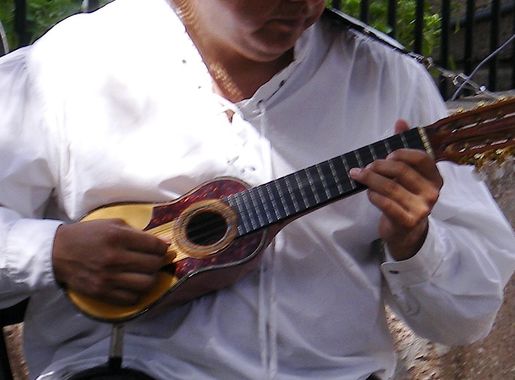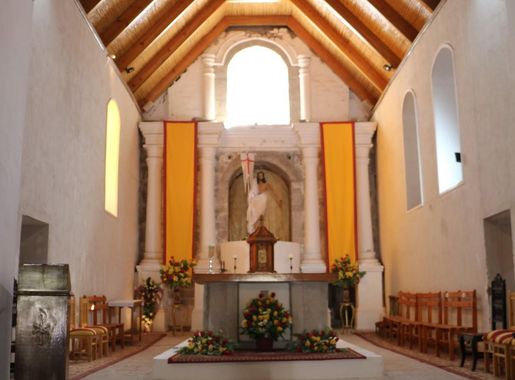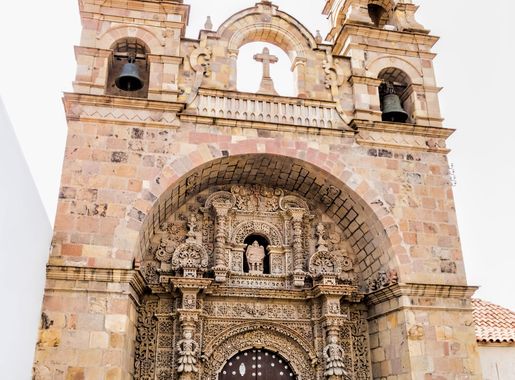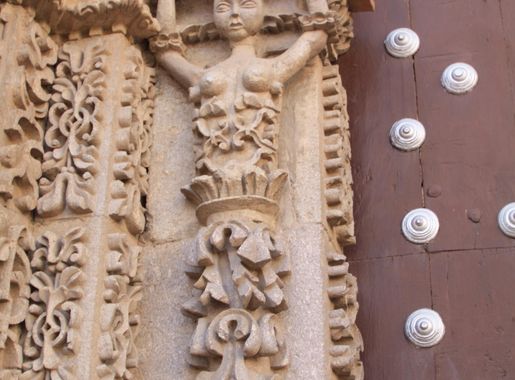
Historic Charm and Spiritual Sanctuary: San Lorenzo Church in Potosi, Bolivia
Discover the historic charm and spiritual sanctuary of San Lorenzo Church in Potosi, Bolivia—a blend of colonial architecture and local culture in the heart of the Andes.
Nestled in the heart of Potosi, Bolivia, the San Lorenzo Church stands as a testament to the rich cultural and historical tapestry of this Andean city. This stunning piece of colonial architecture is a must-visit for any traveler looking to delve into the history and charm of Potosi. The church, built in the 16th century, is renowned for its intricate Baroque façade, which is adorned with exquisite carvings that tell stories of both indigenous and Spanish influences. As you step inside, you are greeted by a serene and sacred atmosphere. The interiors are equally captivating, with elaborate altars, religious artifacts, and beautiful stained glass windows that cast a rainbow of colors across the pews. The sense of history is palpable, making it a perfect spot for contemplation and admiration. The surrounding neighborhood is equally enchanting, offering a glimpse into the daily lives of local residents. Cobblestone streets lined with charming cafes and artisan shops invite you to explore further. Whether you are a history buff, an architecture enthusiast, or simply looking to experience the spiritual heart of Potosi, San Lorenzo Church and its environs promise an unforgettable visit.
Local tips in San Lorenzo Church
- Visit in the early morning to avoid crowds and enjoy a peaceful experience.
- Don't miss the intricate carvings on the church façade; take your time to appreciate the details.
- Wear comfortable shoes for exploring the cobblestone streets around the church.
- Check for any local festivals or events happening during your visit to enhance your experience.
- Bring a camera to capture the stunning architecture and vibrant stained glass windows.
Historic Charm and Spiritual Sanctuary: San Lorenzo Church in Potosi, Bolivia
Nestled in the heart of Potosi, Bolivia, the San Lorenzo Church stands as a testament to the rich cultural and historical tapestry of this Andean city. This stunning piece of colonial architecture is a must-visit for any traveler looking to delve into the history and charm of Potosi. The church, built in the 16th century, is renowned for its intricate Baroque façade, which is adorned with exquisite carvings that tell stories of both indigenous and Spanish influences. As you step inside, you are greeted by a serene and sacred atmosphere. The interiors are equally captivating, with elaborate altars, religious artifacts, and beautiful stained glass windows that cast a rainbow of colors across the pews. The sense of history is palpable, making it a perfect spot for contemplation and admiration. The surrounding neighborhood is equally enchanting, offering a glimpse into the daily lives of local residents. Cobblestone streets lined with charming cafes and artisan shops invite you to explore further. Whether you are a history buff, an architecture enthusiast, or simply looking to experience the spiritual heart of Potosi, San Lorenzo Church and its environs promise an unforgettable visit.
Iconic landmarks you can’t miss
Church of Saint Lawrence of Carangas
Explore the stunning Church of Saint Lawrence of Carangas, a masterpiece of Baroque architecture and a key cultural site in Potosí, Bolivia.
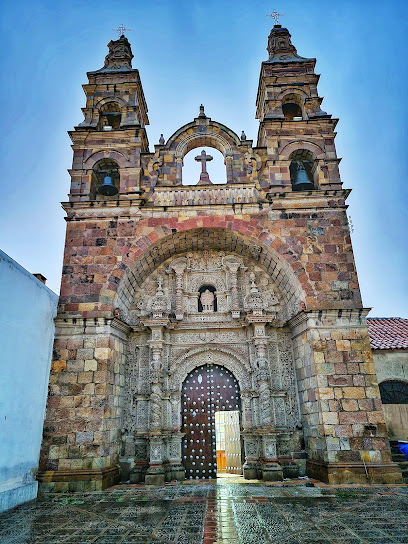
Church of Saint Francis
Explore the stunning architecture and rich history of the Church of Saint Francis, a cultural gem in the heart of Potosí, Bolivia.
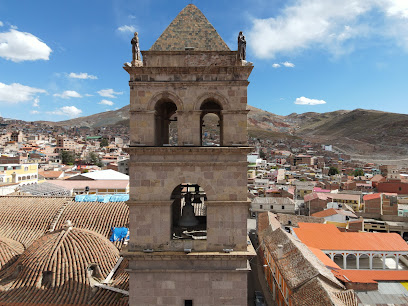
Unmissable attractions to see
National Mint of Bolivia
Explore the National Mint of Bolivia in Potosí, a captivating national museum showcasing the history and art of coin production in Bolivia.
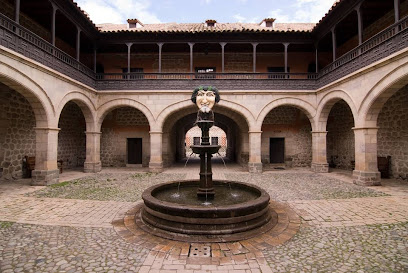
Templo De San Benito
Explore the Templo De San Benito in Potosí, Bolivia—a captivating museum showcasing the region's rich cultural heritage and stunning architecture.
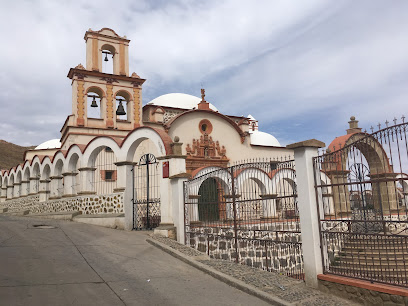
Church of Saint Francis
Explore the architectural beauty and spiritual heritage of the Church of Saint Francis in Potosí, a must-visit destination for every traveler.
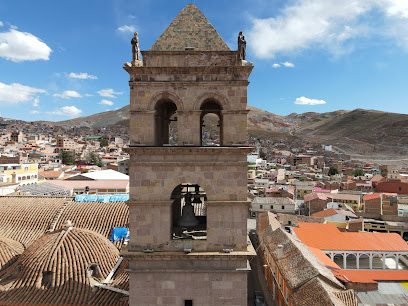
Essential places to dine
National Mint of Bolivia
Explore Bolivia's rich history at the National Mint in Potosí – a museum showcasing currency evolution and colonial heritage.

El Fogon
Discover authentic Bolivian cuisine at El Fogon in Potosí—where tradition meets flavor in every dish.
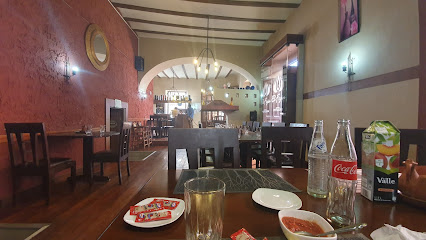
Cafe Pub 4060
Discover the lively ambiance and diverse menu at Cafe Pub 4060 in Potosi – where delicious food meets great company.

PHISQA WARMIS
Experience authentic Bolivian cuisine at PHISQA WARMIS in Potosí – where every dish tells a story.
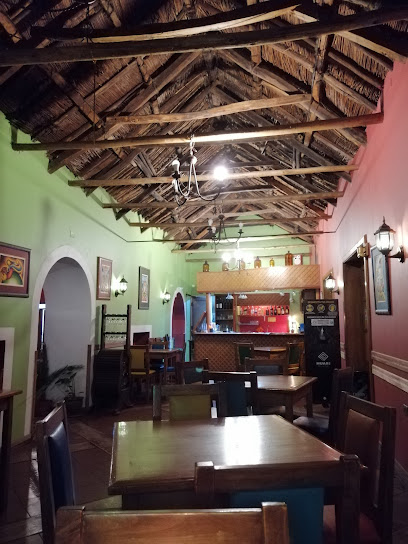
Church of Saint Lawrence of Carangas
Explore Bolivia's spiritual heritage at the Church of Saint Lawrence of Carangas in Potosí, where history meets architectural beauty.
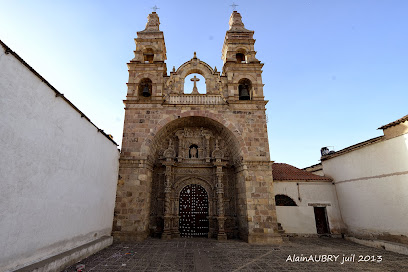
Hostal Tukos La Casa Real.
Experience authentic Bolivian hospitality at Hostal Tukos La Casa Real in Potosí - where delicious dining meets cozy lodging.
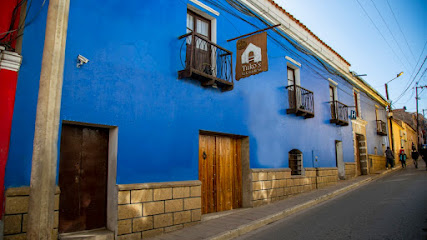
Restaurante Tambo Señorial
Experience authentic Bolivian cuisine at Restaurante Tambo Señorial in Potosí's historic Casco Viejo Plaza, where culture meets culinary delight.
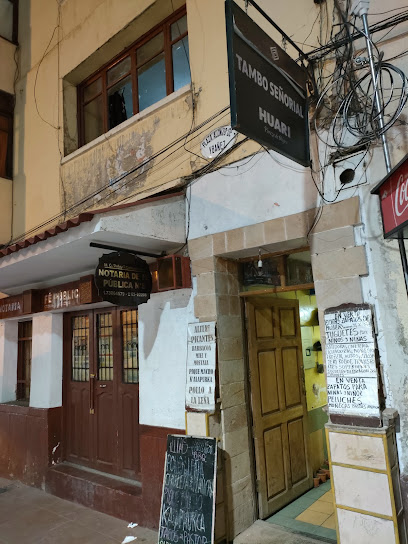
La Casona 1775
Discover La Casona 1775: A Culinary Delight Offering Authentic Bolivian Flavors in the Heart of Potosí.
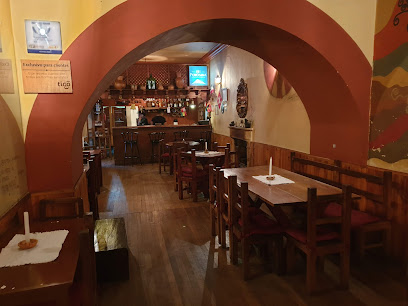
La Plata Cafe
Discover La Plata Cafe in Potosí – where delicious coffee meets cozy ambiance amidst Bolivia's rich history.
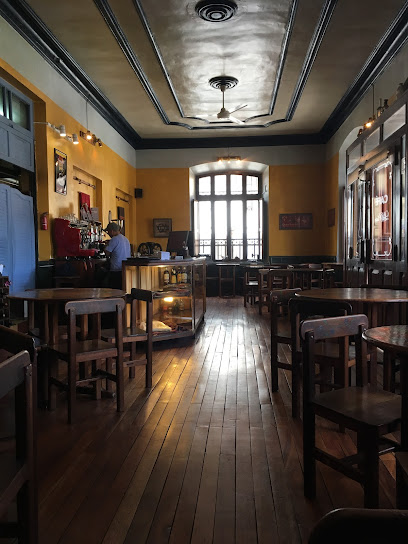
RESTAURANTE LA TRUFA NEGRA
Experience the rich flavors of Bolivian cuisine at Restaurante La Trufa Negra in Sucre, where tradition meets modern culinary artistry.
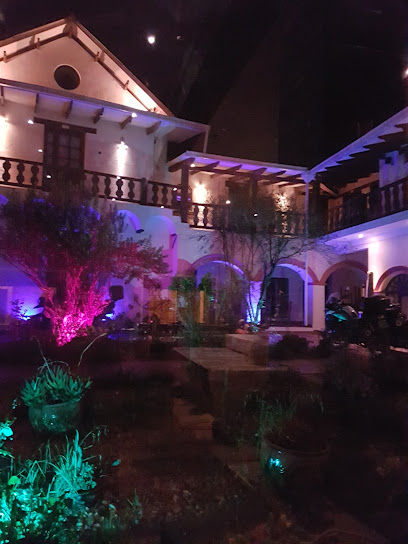
El Empedradillo
Experience authentic Bolivian cuisine at El Empedradillo in Tarija - where tradition meets flavor in a welcoming atmosphere.
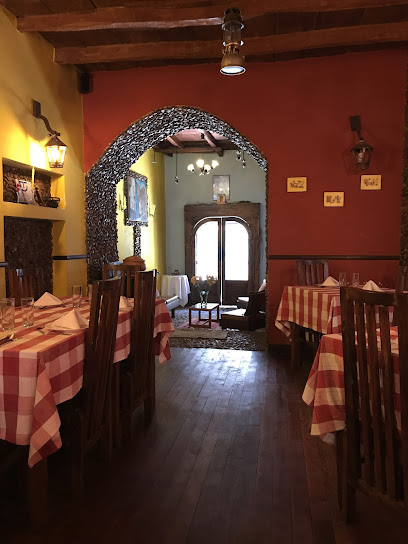
Sabor y Sazón Potosi
Discover authentic Bolivian cuisine at Sabor y Sazón Potosi, where every dish tells a story of tradition and flavor.
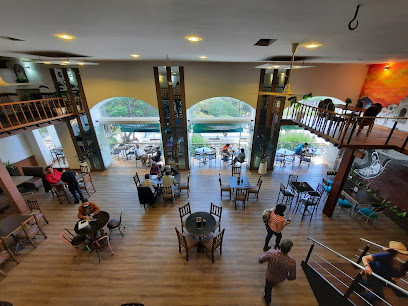
Markets, malls and hidden boutiques
National Mint of Bolivia
Discover the National Mint of Bolivia: A Historical Marvel Showcasing the Art of Coin Minting and Rich Cultural Heritage

Church of Saint Lawrence of Carangas
Discover the architectural beauty and rich history of the Church of Saint Lawrence of Carangas in Potosí, a must-visit cultural gem.

Saint Theresa Museum
Explore the Saint Theresa Museum: A Journey Through the Spiritual and Artistic Heritage of Potosí's Carmelite Tradition.
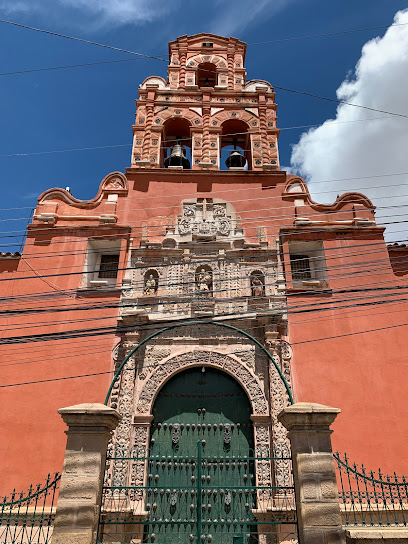
Mega Mall - Joya Del Cielo
Discover the vibrant shopping experience at Mega Mall - Joya Del Cielo, Potosí's premier retail destination with diverse shops and dining options.

Torre de la Compañía de Jesús
Discover the awe-inspiring Torre de la Compañía de Jesús, a stunning monument in Potosí, Bolivia, rich in history and breathtaking architecture.
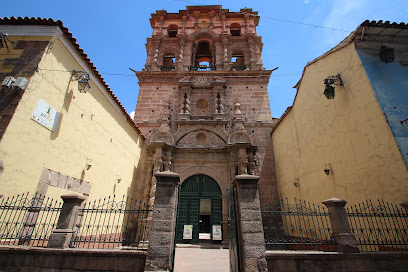
Lagunas del Kari Kari
Experience the stunning landscapes and serene beauty of Lagunas del Kari Kari, a must-visit natural attraction in Potosí, Bolivia.
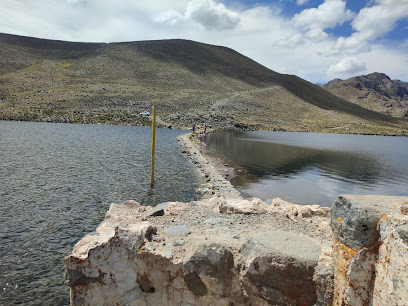
Central Games
Discover endless fun at Central Games, Potosí's ultimate video arcade for gamers of all ages, offering a thrilling gaming experience and community vibe.
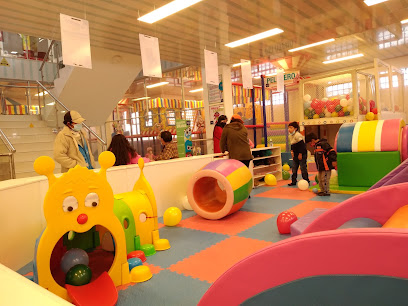
FUERTES MALL (en construcción)
Explore the future of shopping at Fuertes Mall in Potosí—a vibrant blend of modern retail and local culture awaits.
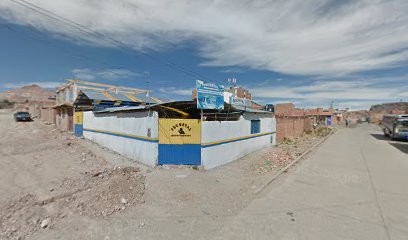
Essential bars & hidden hideouts
National Mint of Bolivia
Explore the fascinating history of coin production at the National Mint of Bolivia, a treasure trove of culture and heritage in Potosí.

Plaza 10 de Noviembre
Discover the serene beauty and cultural richness of Plaza 10 de Noviembre, a tranquil park in the heart of Potosí, Bolivia.
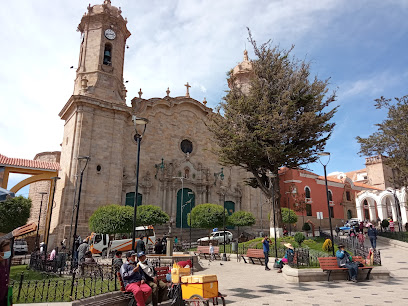
Cafe Pub 4060
Discover the vibrant flavors of Potosi at Cafe Pub 4060, where culinary delights and a warm atmosphere await every traveler.
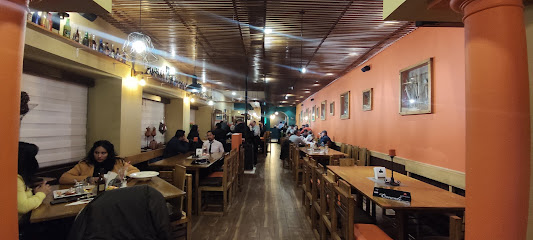
PHISQA WARMIS
Experience the authentic flavors of Bolivia at PHISQA WARMIS, a culinary treasure in Potosí celebrating local traditions and fresh ingredients.
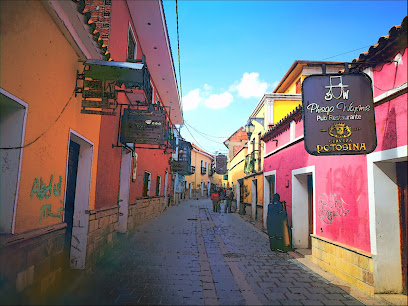
Church of Saint Lawrence of Carangas
Discover the architectural splendor and rich cultural heritage of the Church of Saint Lawrence of Carangas in Potosí, a must-visit Catholic landmark.
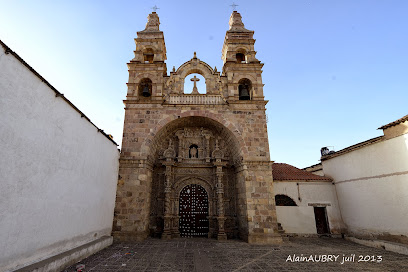
Saint Theresa Museum
Explore the rich heritage and spiritual legacy of the Carmelite Order at the Saint Theresa Museum in Potosí.
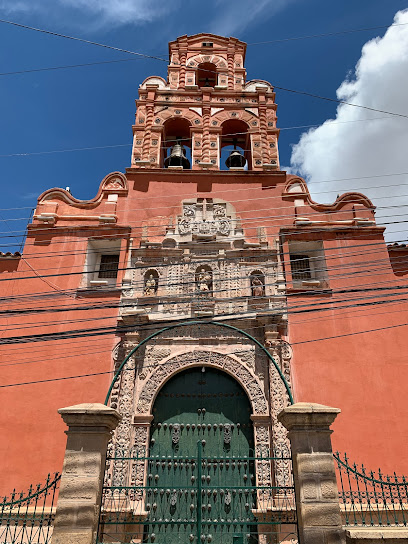
Restaurante Tambo Señorial
Discover the authentic flavors of Bolivia at Restaurante Tambo Señorial, a must-visit dining spot in Villa Imperial de Potosí's historic Casco Viejo Plaza.
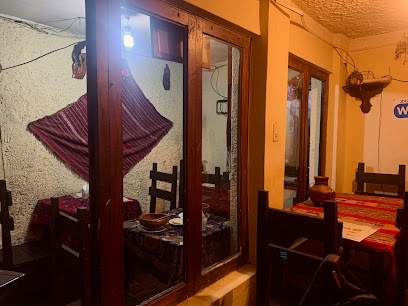
La Plata Cafe
Discover the rich flavors of Bolivian coffee at La Plata Cafe, a charming spot in Potosí for coffee lovers and casual diners.

Hostal Santa Monica
Discover the charm of Sucre at Hostal Santa Monica, where comfort meets culture in the heart of Bolivia.
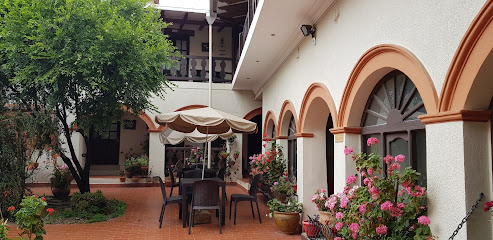
Potosí Bolivia
Experience the historical richness and thrilling adventures in the high-altitude city of Potosí, Bolivia.
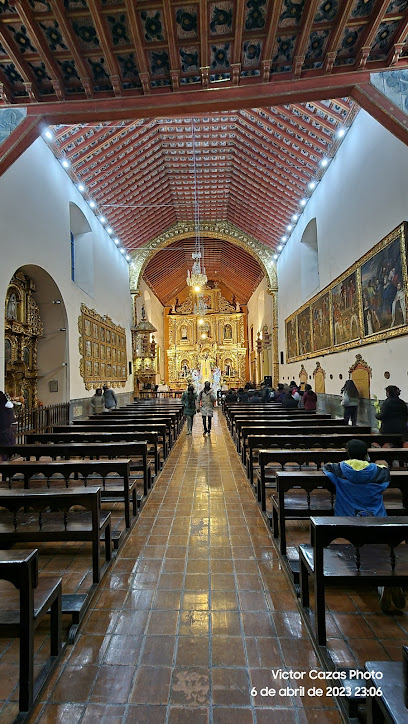
Local Phrases
-
- Hello¡Hola!
[oh-lah] - Goodbye¡Adiós!
[ah-dyohs] - YesSí
[see] - NoNo
[noh] - Please/You're welcomePor favor/De nada
[por fah-vohr/de nah-dah] - Thank youGracias
[grah-syahs] - Excuse me/SorryPerdón
[pehr-dohn] - How are you?¿Cómo estás?
[koh-moh ehs-tahs] - Fine. And you?Bien. ¿Y tú?
[byen. ee too] - Do you speak English?¿Hablas inglés?
[ah-blahs een-glehs] - I don't understandNo entiendo
[noh ehn-tyen-doh]
- Hello¡Hola!
-
- I'd like to see the menu, pleaseMe gustaría ver el menú, por favor
[meh goos-tah-ree-ah bair ehl meh-noo, poor fah-vohr] - I don't eat meatNo como carne
[noh koh-moh kahr-neh] - Cheers!¡Salud!
[sah-lood] - I would like to pay, pleaseMe gustaría pagar, por favor
[meh goos-tah-ree-ah pah-gahr, poor fah-vohr]
- I'd like to see the menu, pleaseMe gustaría ver el menú, por favor
-
- Help!¡Ayuda!
[ah-yoo-dah] - Go away!¡Vete!
[veh-teh] - Call the Police!¡Llama a la policía!
[yah-mah ah lah poh-lee-see-ah] - Call a doctor!¡Llama a un médico!
[yah-mah ah oon meh-dee-koh] - I'm lostEstoy perdido
[ehs-toy pehr-dee-doh] - I'm illEstoy enfermo
[ehs-toy ehn-fehr-moh]
- Help!¡Ayuda!
-
- I'd like to buy...Me gustaría comprar...
[meh goos-tah-ree-ah kohm-prahr] - I'm just lookingSólo estoy mirando
[soh-loh ehs-toy meer-ahn-doh] - How much is it?¿Cuánto cuesta?
[kwan-toh kwehs-tah] - That's too expensiveEsto es demasiado caro
[ehs-toh ehs deh-mah-syah-doh kah-roh] - Can you lower the price?¿Puedes bajar el precio?
[pweh-dehs bah-hahr ehl pree-syoh]
- I'd like to buy...Me gustaría comprar...
-
- What time is it?¿Qué hora es?
[keh oh-rah ehs] - It's one o'clockEs la una
[ehs lah oo-nah] - Half past (10)Las diez y media
[lahs dyehs ee meh-dee-ah] - MorningMañana
[mah-nyah-nah] - AfternoonTarde
[tahr-deh] - EveningNoche
[noh-cheh] - YesterdayAyer
[ah-yehr] - TodayHoy
[oy] - TomorrowMañana
[mah-nyah-nah] - 1Uno
[oo-noh] - 2Dos
[dohs] - 3Tres
[trehs] - 4Cuatro
[kwah-troh] - 5Cinco
[seen-koh] - 6Seis
[says] - 7Siete
[syeh-teh] - 8Ocho
[oh-choh] - 9Nueve
[nweh-veh] - 10Diez
[dyehs]
- What time is it?¿Qué hora es?
-
- Where's a/the...?¿Dónde está...?
[dohn-deh ehs-tah] - What's the address?¿Cuál es la dirección?
[kwal ehs lah dee-rehk-syon] - Can you show me (on the map)?¿Puedes mostrarme (en el mapa)?
[pweh-dehs mohs-trahr-meh (ehn ehl mah-pah)] - When's the next (bus)?¿Cuándo es el próximo (autobús)?
[kwan-doh ehs ehl proh-ksee-moh (ow-toh-boos)] - A ticket (to ....)Un boleto (a ...)
[oon boh-leh-toh (ah)]
- Where's a/the...?¿Dónde está...?
History of San Lorenzo Church
-
San Lorenzo Church, located in the heart of Potosi, was built in the late 18th century, specifically around 1787. It was constructed by the Jesuits during their period of influence in the region, reflecting the Baroque architectural style that characterizes many of the churches in Potosi. The church served as an important religious and community center for the residents, playing a pivotal role in the spiritual life of the neighborhood.
-
The wealth generated from silver mining in Potosi during the 16th to 18th centuries significantly influenced the construction and embellishment of San Lorenzo Church. The influx of riches allowed for the church to be adorned with exquisite artworks and altarpieces, showcasing the baroque artistry that was prevalent in the region. The church stands as a testament to the prosperity that the mining industry brought to Potosi.
-
Throughout its history, San Lorenzo Church has been a focal point for local traditions and celebrations. It has hosted numerous religious festivals, including the Feast of St. Lorenzo, which attracts worshippers and visitors alike. This annual event highlights the church's role in preserving cultural practices and community solidarity in Potosi, emphasizing the intertwining of faith and local identity.
-
During the various political upheavals in Bolivia, including the wars of independence in the early 19th century, San Lorenzo Church served not only as a place of worship but also as a refuge for the local population. The church's walls have witnessed the struggles and resilience of the Potosi people, embodying the historical narrative of the region during times of conflict.
-
In recent years, there have been significant efforts to restore and preserve San Lorenzo Church due to its historical importance and architectural beauty. These restoration projects aim to maintain the church's structure and its artistic elements, ensuring that it remains a vital part of Potosi's cultural heritage for future generations. The church continues to attract both tourists and locals, reaffirming its status as a key landmark in the city.
San Lorenzo Church Essentials
-
San Lorenzo Church is located within the city of Potosi, easily accessible from other neighborhoods by foot or local transport. If you're coming from the main square (Plaza 10 de Noviembre), it's about a 15-minute walk. Alternatively, local taxis and 'trufis' (shared taxis) are available and offer an economical way to travel around the city. For those arriving by bus, the main bus terminal is located about 2 kilometers away, and you can take a taxi or walk to reach San Lorenzo Church.
-
San Lorenzo Church is situated in a walkable neighborhood, making it easy to explore on foot. The local trufi system operates frequently, connecting various parts of Potosi for a small fare. Bicycles can also be rented at several local shops if you prefer a more active way to see the area. However, be aware that the hilly terrain may require some physical effort.
-
San Lorenzo Church is generally safe for tourists, but it's advisable to remain vigilant. Avoid walking alone after dark in less populated areas, especially near the outskirts of the neighborhood. Be cautious of your belongings in crowded areas, and try to avoid displaying valuables. Areas closer to the bus terminal can be busier and may have higher petty crime rates.
-
In case of an emergency, dial 110 for police assistance or 118 for medical emergencies. The local hospital is equipped to handle urgent medical situations. It's advisable to keep the contact information of your embassy or consulate accessible. Pharmacies are available throughout Potosi for minor health issues, and many local pharmacies have staff who speak basic English.
-
Fashion: Do dress modestly when visiting San Lorenzo Church and other religious sites. Avoid wearing shorts or sleeveless tops. Religion: Do respect religious customs; silence your phone and refrain from taking photos during services. Public Transport: Do offer your seat to the elderly or pregnant women. Don't engage in loud conversations. Greetings: Do greet locals with a friendly 'buenos días' or 'buenas tardes.' Eating & Drinking: Do try local food from street vendors but ensure the food is freshly prepared. Don't drink tap water; opt for bottled water instead.
-
To experience San Lorenzo Church like a local, consider attending a Sunday mass to witness the vibrant community spirit. Visit local markets nearby for fresh produce and handmade crafts. Engaging with local artisans can offer insights into Potosi's rich cultural heritage. Additionally, try to learn a few basic phrases in Spanish to enhance your interactions with locals, as it is appreciated and can lead to warmer exchanges.

